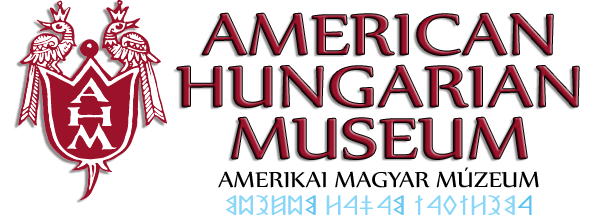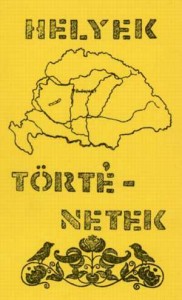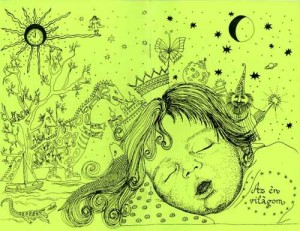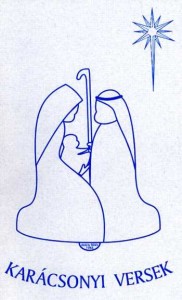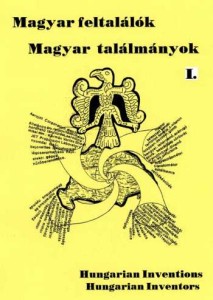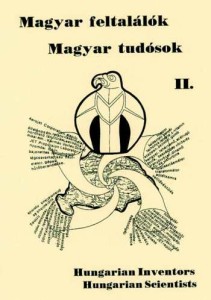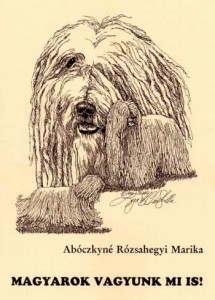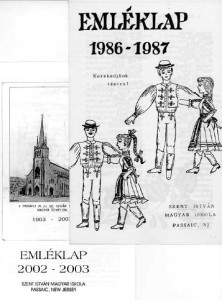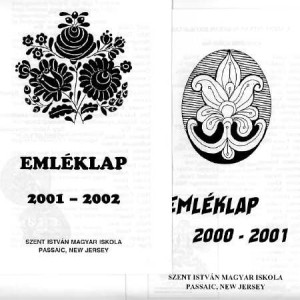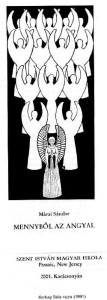The Hungarian School of Passaic
A School Protecting the Hungarian Word
The City of Passaic, in New Jersey is home to proud Hungarian institutions: Churches, founded over one hundred years ago (Roman Catholic, Reformed and Byzantine Rite) and a Hungarian School with a history of over one hundred years. (The American Hungarian Museum – the only Museum of the city – was also located in Passaic for 34 years until April 2014.)
Since the mass immigration at the end of the 19th a century, large numbers of Hungarians settled in the Passaic area, because the textile industry offered work for many. Ever since before World War I, Hungarians organized schools for their children to teach them their rich heritage.
The first school was started by the Hungarian Reformed Church in form of Summer School before WWI. By 1920, 120 Catholic and Reformed children attended the School under the leadership of Rev. László Tegze. This school not only taught Hungarian to the children, but also helped the working parents by taking care of their young for eight weeks. The last Summer School was held in 1937.
St. Stephen R.C. Magyar Church opened its first Hungarian School in 1914. The Daughters of Divine Charity came from Hungary to the United States in October 1913. In January 1914 the sisters were already invited to St. Stephen’s to teach religion and Hungarian language to the children of the parish. Eighty children turned up for religious instructions the first day. One of the first activities initiated by the sisters was the presentation of cultural evenings, in which the children performed, reciting verses, singing songs, dancing, and presenting plays and playlets of various kinds. These programs were presented in Hungarian language for the enjoyment of the parents and members of the parish. – The outbreak of World War I limited the number of sisters who were able to immigrate from Hungary, making it impossible to staff a regular school as planned. Even Hungarian classes became scarce.
From 1933 Hungarian classes were held regularly again. Hungarian nuns – Daughters of Divine Charity – taught every Saturday from 9-3. After World War II it became a bilingual Catechism School. It ceased to exist at the end of the 1940’s.
In 1953, when many new Hungarian refugees arrived from Europe the Saturday Hungarian School was started again at St. Stephens under the leadership of the Hungarian Scout movement. Most of the teachers were scout leaders. In the fall of 1953 the Hungarian Scout Association started a two-year High School equivalency course for the 14-17 year old. The first graduation in Hungarian history, literature and geography was held in Passaic in 1955.
In 1954, under Rev. Imre Bertalan, the Hungarian Reformed Church also organized a Saturday Hungarian School of four classes. The school’s excellent choir was directed by the pastor himself. The school reached its peak in 1959 when Calvin Hall was built, when the names of the teachers and students were placed in the cornerstone. The school closed in 1967.
In 1958, Fr. János Gáspár opened the doors of the St. Stephen Hungarian Weekend School, which was sponsored by the Hungarian Holy Name Society.
In 1965, under Fr. Dr. Antal Dunay a significant and unique change took place. As a result of the untiring organizational work of Dr. András Pusztai the first Daily Hungarian School in the United States was established at St. Stephens in Passaic. Every day after school more then 100 Hungarian children stayed for another hour to learn their beautiful language and rich heritage. This extraordinary schooling lasted until 1976.
Before Christmas 1974, Mrs. Zoltán Király, wife of the new minister at the Hungarian Reformed Church, reorganized the Hungarian Saturday School, the immediate predecessor of the school still in existence.
In 1976, St. Stephens Parish and the Reformed Church joined forces and founded the Hungarian School of the Two Sister Churches. It operated at the Calvin Hall until the end of 1983 and then moved to the classrooms of St. Stephens School. As St. Stephen R.C. Magyar Church has become the only supporter of the school, it was renamed ST. STEPHEN HUNGARIAN SCHOOL. The children of Hungarian descent are educated and taught with great care every Saturday from 9-1. Their curriculum includes reading and writing in their mother tongue, Hungarian history, literature, geography, traditions, folklore and singing and dancing. Instilling the love for the country of their ancestors, the 1100-year-old Hungarian State, is the main goal of the school. The teachers of the school always keep in mind the words of Cardinal József Mindszenty: “Never allow the Hungarian word to die away from your lips.”
Emese Kerkay, principal
1978-2006
